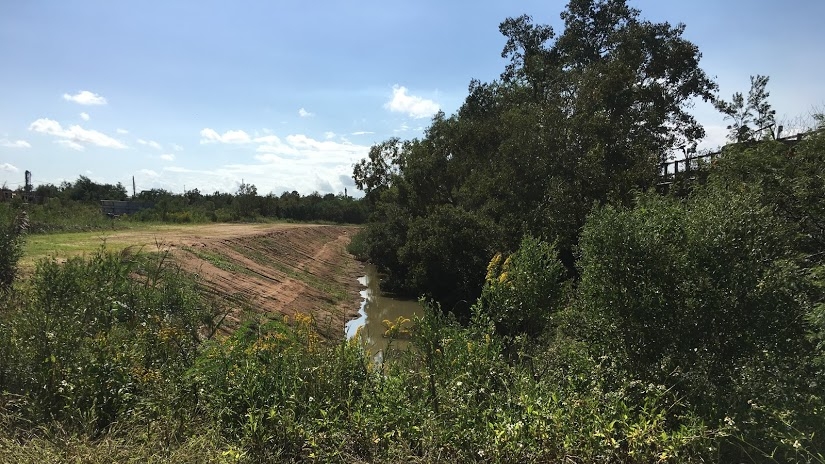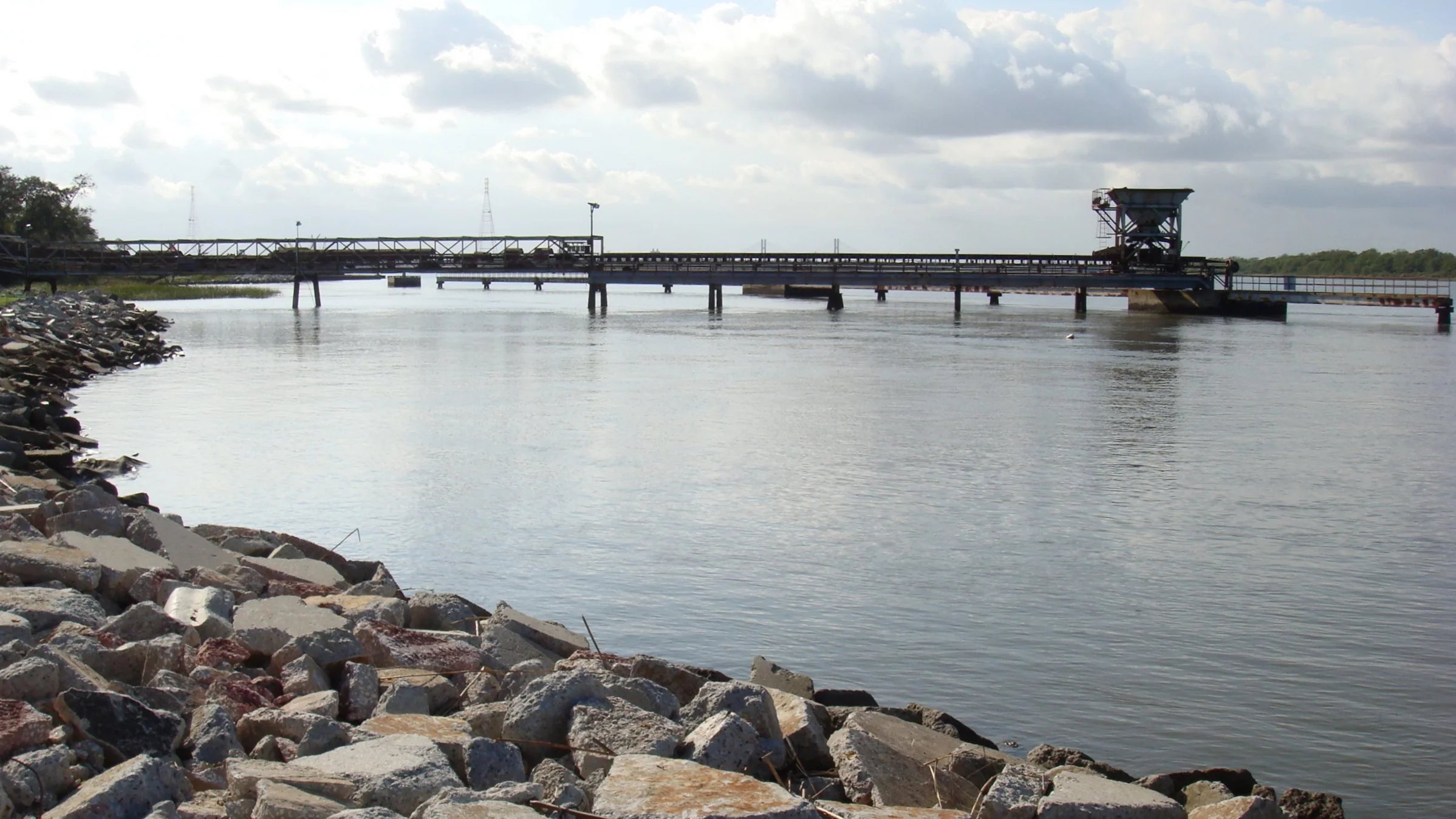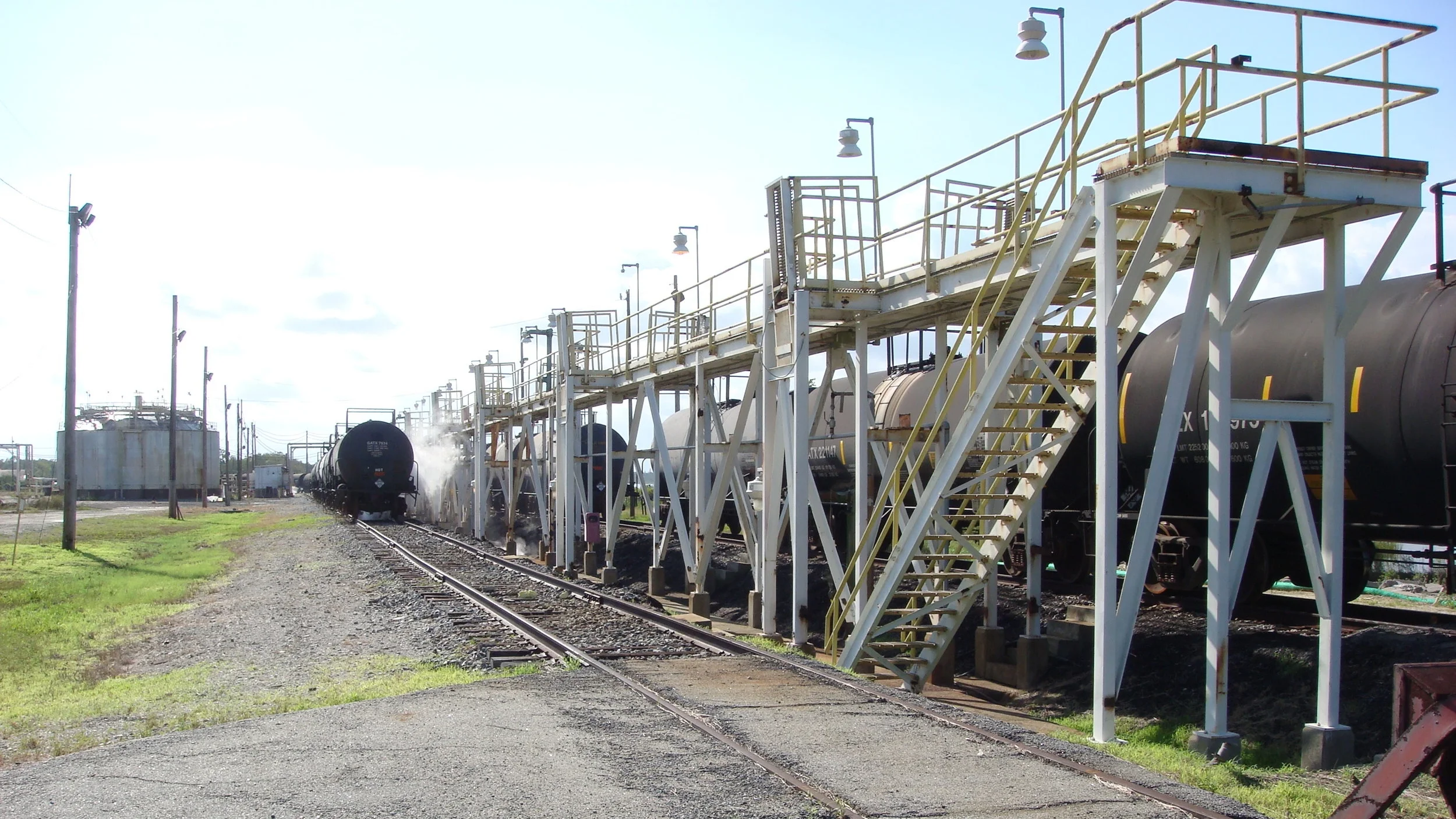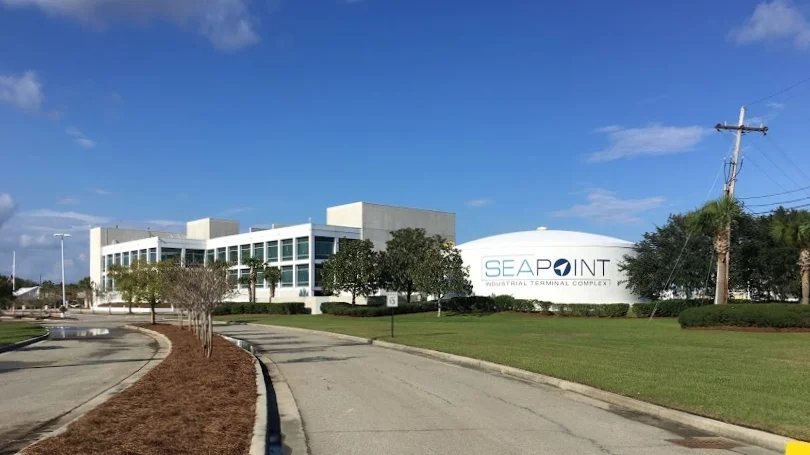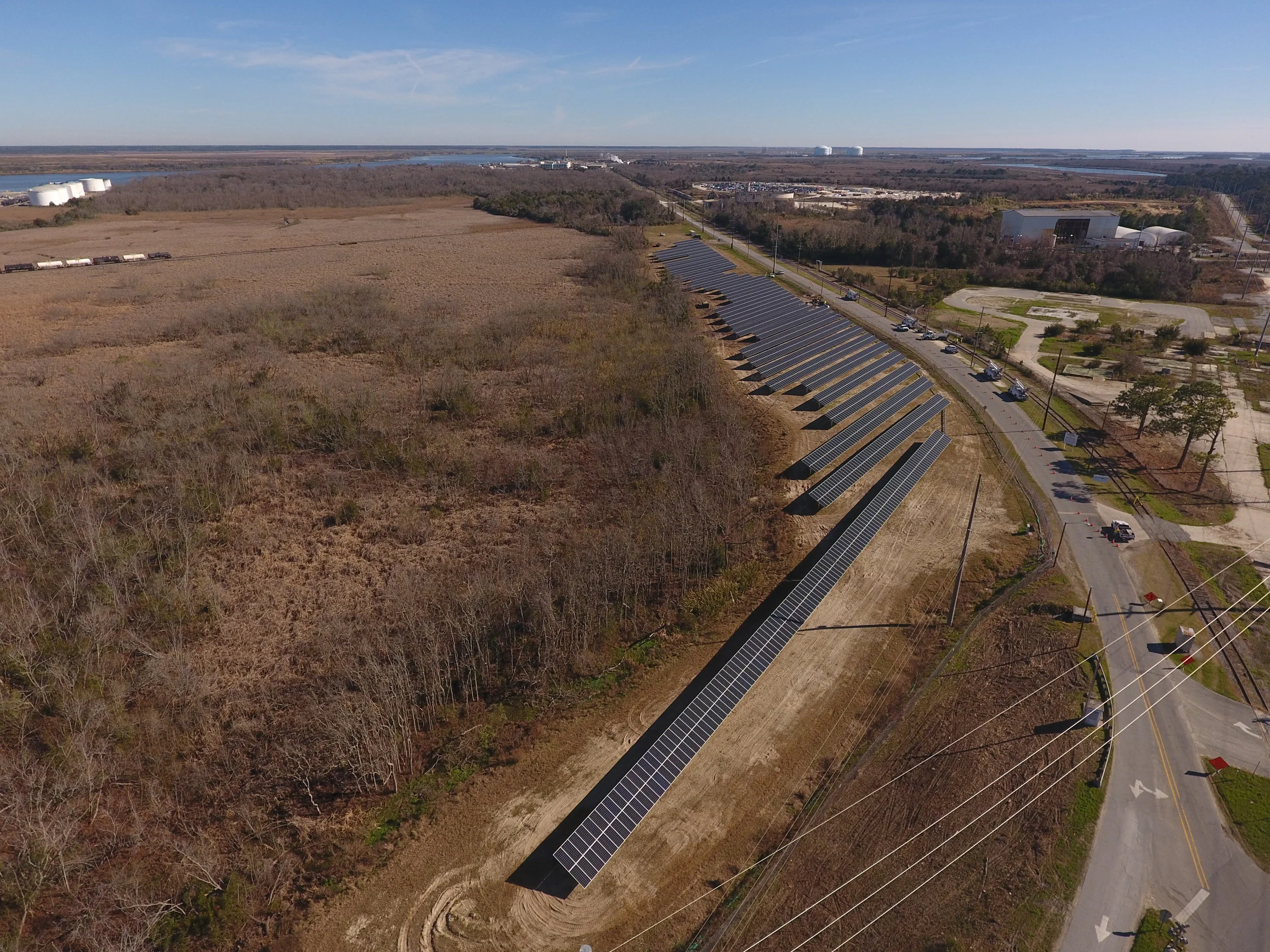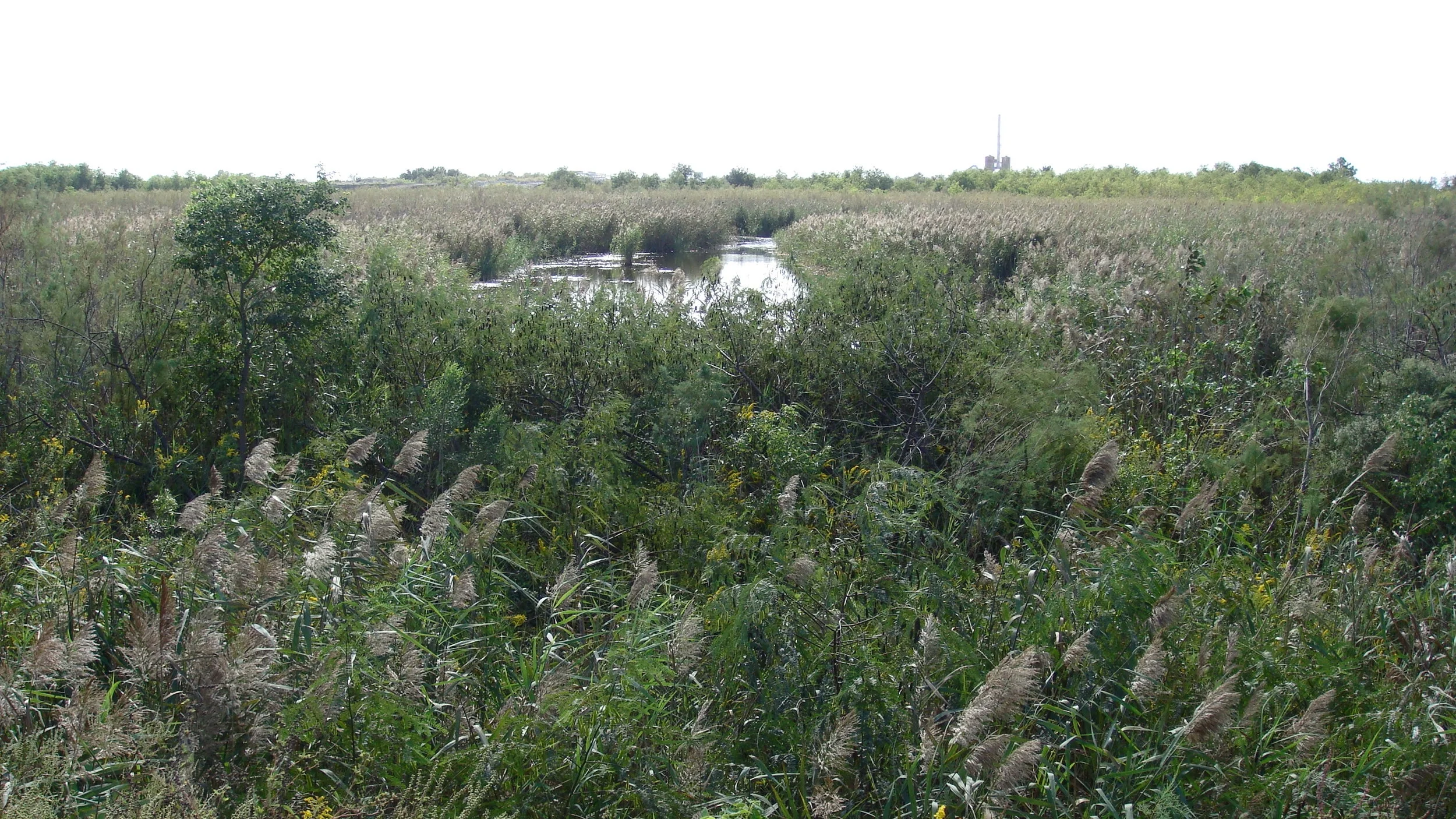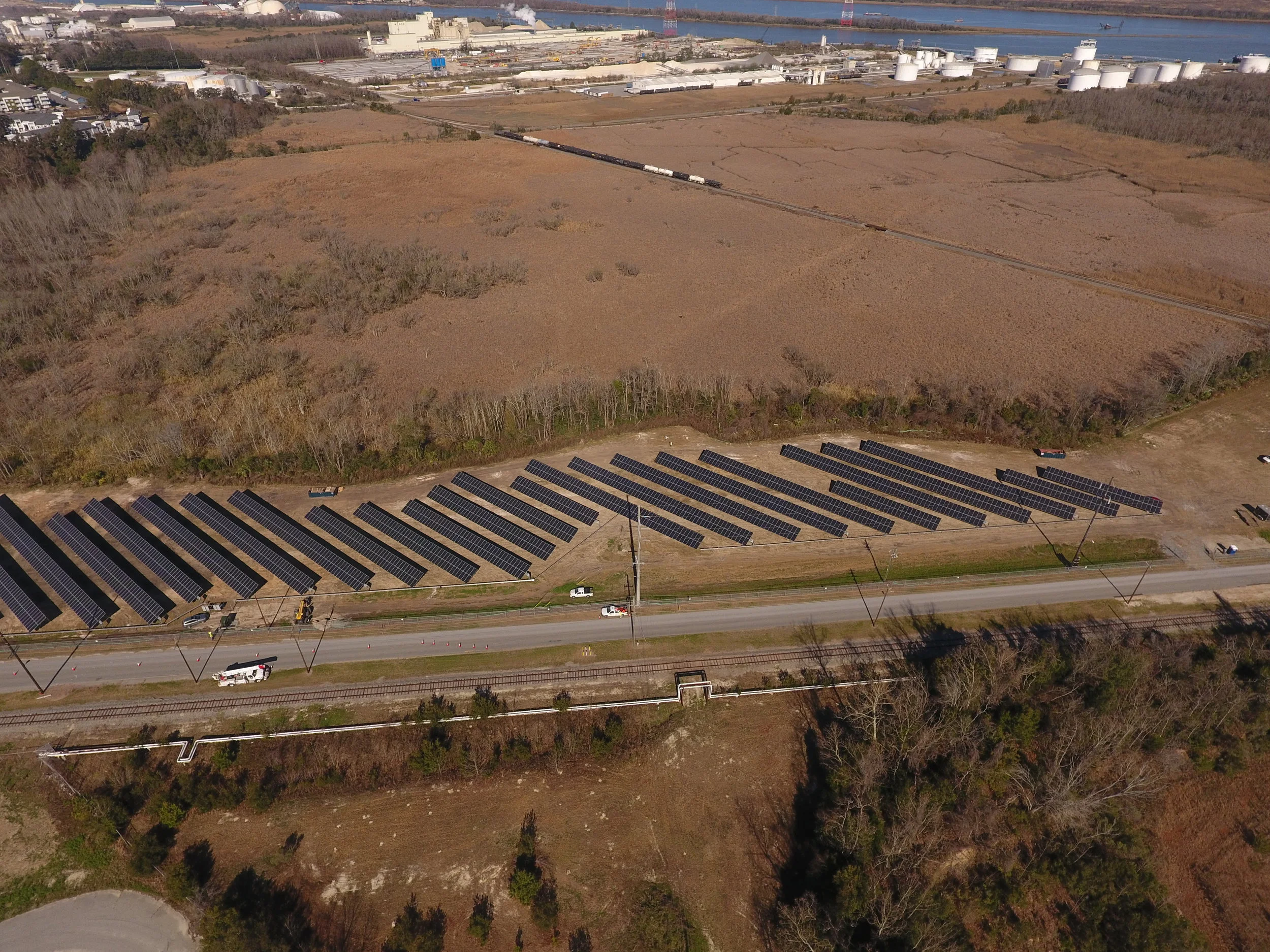Savannah Trust
The Savannah Environmental Response Trust
- 2011 to Present -
Sixty years of heavy industrial use on 1,570 riverfront acres resulted in extensive environmental damage. Wastewater and runoff from titanium dioxide pigment production and other operations traveled through unlined, open earthen ditches, eventually discharging into the Savannah River.
Greenfield’s Savannah Environmental Response Trust—created as part of the 2011 Tronox bankruptcy settlement—accepted responsibility for owning and remediating the Savannah Resource Conservation and Recovery Act (RCRA) Corrective Action Site and operating a sulfuric acid plant at the site.
Following our appointment in 2011, Greenfield generated over $11 million in profits from the sale of high-grade sulfuric acid. We also characterized the nature and extent of site contamination, managed an innovative, competitive bid and property sale process to ensure adequate funding for the site remediation, and expedited site reuse.
“We managed an innovative competitive bid and property sale process to ensure adequate funding for the site remediation.”
Savannah Trust by the Numbers
Nearly $79 Million – Targeted environmental funds under active investment management
Over $11 Million – Profits from sulfuric acid sales to fund cleanup
30 Local Jobs – Saved by Greenfield’s Savannah Trust
10 Months – Completion time of the site-wide environmental investigation
Creating Money to Compensate for Underfunding
In 2011, Greenfield accepted the trust appointment in Savannah with less than $3 million in cleanup funds—and an operating, yet bankrupt, sulfuric acid plant. The responsibility of running a for-profit business with 30 employees and an acid plant’s liabilities was unusual for an environmental response trust.
We successfully negotiated new agreements with the union, suppliers, and utilities that saved more than $1 million in annual operating costs. Under our management, an abandoned steam generator was rebuilt and integrated into the acid plant’s steam venting system. By supplying the site’s power, the generator soon eliminated $2 million in annual utility payments. Greenfield also demolished the pigment plant’s crumbling structures and produced $2.7 million for upcoming cleanup work by salvaging surplus equipment, parts, and scrap metal.
General Electric recognized Greenfield’s acid plant with two prestigious awards—the Ecomagination Leadership Award and the Proof Not Promises Award—for balancing environmental challenges and industrial demands.
Overcoming Site Stigma through Value Creation
Greenfield created international market interest in acquisition of the Savannah property by leveraging operations with sustainable jobs, finished product, and sales revenue. We also banked 82 acres of saltmarsh wetlands to sell or use as credit to offset permitted saltmarsh development activities.
Catalyzing the Property Sale to Fund Site Cleanup
Greenfield designed and implemented an innovative bid and sales strategy: the selected purchaser would pay for site investigations and development of a cleanup plan, and the escrowed sale proceeds would fund the cleanup.
After an extensive yet transparent bidding process, Savannah-based Dulany Industries, Inc. was selected as the preferred purchaser. Dulany is pursuing plans to convert the riverside site into a diversified, multi-corporation industrial terminal and waterfront complex while continuing to operate the acid plant.
The U.S. Environmental Protection Agency (EPA) and the State of Georgia agreed to transfer site cleanup from EPA’s RCRA program to Georgia’s Hazardous Site Response Act, which afforded Dulany the benefits available to purchasers under Georgia’s Brownfields Program.
Aligning Interests to Expedite and Achieve CleanUp Goals
Greenfield adopted the Triad approach to site investigation and cleanup, establishing consensus between Dulany, the federal and state beneficiaries, and Greenfield. Agreement was critical to managing an uncertain decision-making process and fast-tracking site cleanup activities, including completion of a site-wide RCRA facility investigation (RFI) and its report in 10 months.
Returning the Site to Productive Reuse
In 2017, Greenfield sold approximately 750 acres of the site—including the acid plant, a former research and development facility, office buildings, and a warehouse—to Sulfco LLC, a subsidiary of Dulany Industries, Inc. With Dulany’s agreement, approximately 700 acres of wetlands and 26 acres of buffer around historic Old Fort Jackson were transferred to the State of Georgia.
With sale proceeds financing site cleanup, Dulany will perform cleanup actions addressing soil and solid media contamination under the oversight of Greenfield and Georgia’s Environmental Protection Division (EPD), in consultation with EPA.
The sale put the site—and its cleanup—in the hands of a locally headquartered company amid high local hopes for the property’s revival as a major area employer. The result fulfills Greenfield’s overarching goal of engaging communities and stakeholders in cleanup and redevelopment decisions.
Sustaining Redevelopment with Renewable Energy
In 2013, Greenfield—in conjunction with EPD and with technical assistance from the U.S. Department of Energy’s National Renewable Energy Laboratory—applied for and was awarded a feasibility study for renewable energy production at the site under EPA’s RE-Powering America’s Land initiative.
Following Sulfco’s 2017 purchase of the site from the Savannah Trust, in collaboration with Georgia Power, Sulfco proceeded with the development of an operating solar farm on the site. The roughly 5-acre, 1.2-megawatt community solar farm sits on top of a closed, on-site landfill previously operated by the City of Savannah.
Additional Links
SeaPoint Industrial Terminal Complex: seapointcomplex.com
Article: SeaPoint removed from Hazardous Site Inventory List, April 2025
Article: SeaPoint Industrial Terminal Complex wins Phoenix Award for U.S. EPA Region IV for Landmark Environmental Remediation Project, Aug 2023
Article: American Council of Engineering Companies (ACEC) Presents 2023 National Honor Award for SeaPoint Industrial Terminal Complex, June 2023
Article: Georgia's largest ever brownfield cleanup ends. Savannah site poised for industrial growth, Sept 2022
Article: SeaPoint Industrial Terminal Complex completes landmark environmental remediation project, Sept 2022
Article: NANTRenewables to Build New Bioplastics Manufacturing Plant at SeaPoint Industrial Terminal Complex, Sept 2021
Article: EPA Administrator tours SeaPoint Complex, Oct 2020
Article: New marine terminal planned for industrial site
Article: Former Savannah landfill gets its day in the sun with new solar farm, Feb 2019
Article: Dulany, Greenfield to Develop Deepwater Industrial Site, Oct 2017
Copyright © Greenfield Environmental Trust Group, Inc. 2024

